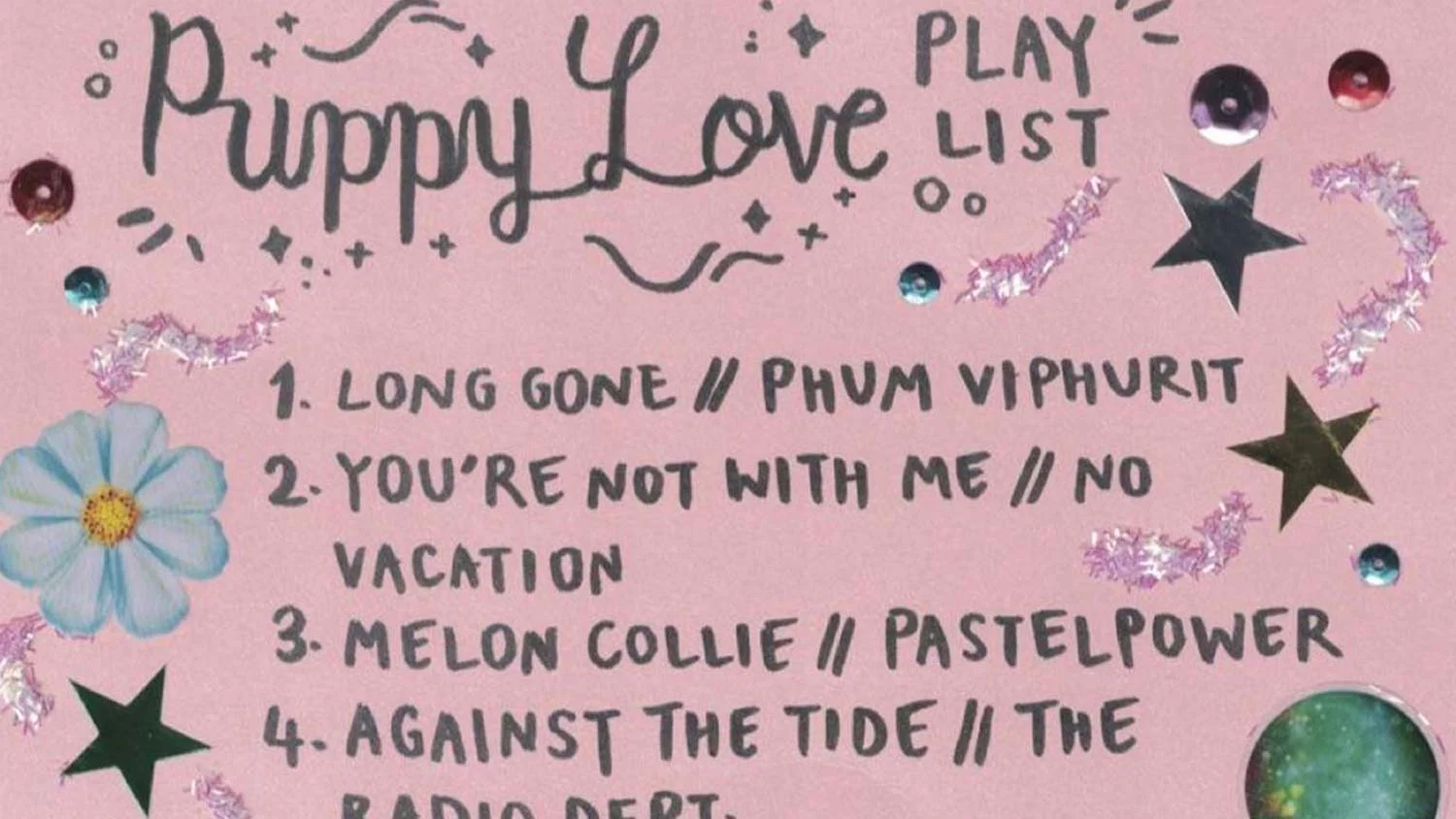The Aesthetics of Growing Up – Puppy Love
By Daryl Cheong, Sheoli Biswas, Kieron Lee Siobhan Tang

Aesthetics

(L-R) SGIFF writer Hansel Arief with Disappearance creators Farnoosh Samadi and Ali Asgari. Courtesy of Hansel Arief
To further the consideration of the use of color, a few of us sat down to consider the relationship between color and our identity – whether as an Asian or a Southeast Asian.Siobhan: Asia is often referred to as a “melting pot of many cultures and traditions”, and this is seen in the vibrancy of the colours in our landscape. The bright red lanterns hanging above Chinatown and the multi-coloured fairy lights lining the streets display something in our culture that is worthy of embracing. I often find myself overlooking Asian culture and instead pursuing Western cultures and practices, as I’m sure many Asians have the tendency to do so. Colours should therefore be a timely reminder for us to know that our culture has its own uniqueness. Constantly seeking Western culture may lead to the unfortunate consequence of losing our culture’s vibrancy and becoming “colour-blind” in a way.Kieron: Festivals and events that stem from Asian cultures such as Deepavali, Chinese New Year and the Mid-Autumn Festival are known for their bright, striking colours that come together to form vibrant celebrations and processions. Some Asian countries also associate certain colours with their national identity, and these colours create a sense of unity amongst the people. Thus, I feel that a good representation of colour is important in Asian filmmaking, as colours are deeply rooted in Asian society, history, cultures and beliefs.Sheoli: Colours, in life or in films, serve as a dimension in itself. It is safe to say, that they are directly proportionate to our emotions. We associate it with memories and everything in them from objects to people and even locations. Our surroundings and everything we associate with, is literally a blank canvas, with colours poured in, giving rise to our sense of emotion and association. Not only do they function as a social tool, but they also help in personal affiliations, thinking and execution. For instance, if green is a colour attached to the idea of “joy”, to you; simple life decisions, e.g. buying a gift and if you’re an artist, shaping your work process and artwork would rely on your relationship with colours.Daryl: Danielle Feinberg, the Director of Photography at Pixar shared that “Lighting and color are part of the backbone of emotion.” Colors therefore help us to connect emotionally with the characters, story, and themes. For a region where personal and emotional stories tend to be ignored or neglected that translates to an almost lack of emotional connection to many experiences around us, colors in films remind Southeast Asians of the rich emotions that define and constitute our identity as individuals of unique experiences and feelings. We are united in our capacity to feel through the effective use of colors in film.Catch Margarita Mina’s Puppy Love on 2 December 2017, 2:00pm at the National Gallery as part of the a href=http://sgiff.com/browse-all-films/sea-short-film-competition-programme-3/Southeast Asian Short Film Competition: Programme 3.